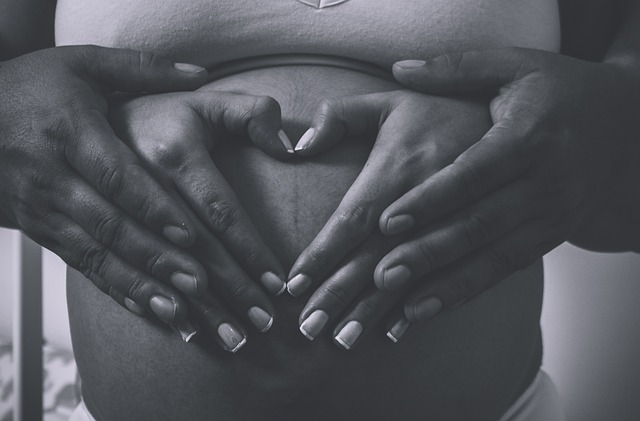So, you might wonder why I find myself sitting in a Spanish class every Wednesday evening, accompanied by a good friend for a bit of encouragement, even though Spanish was my first language. To be fair, this class isn’t just a basic language course; it’s “Spanish Film and Conversation,” but still, I can hear the fluent speakers shaking their heads at me. I’d love to blame this on sheer laziness, but those of us raised in multicultural families understand that the decline of our language skills often stems from various factors, including cultural trends and geographical shifts.
Cultural Trends
Back in the ’70s and ’80s, speaking anything other than English was far from trendy—it was downright risky. My father often recounted the harsh realities his immigrant father faced for speaking his native tongue in school. The landscape of America has shifted dramatically since then. The Latino population has surged from around 9 million in the 1970s to nearly 60 million today, and projections indicate it could double by 2060.
As kids, my brother and I were just a small part of a much larger tapestry. Assimilation was the name of the game, and for many, it meant abandoning our native languages. Today, although many U.S.-born Hispanics dominate the Latino demographic, speaking Spanish is increasingly recognized as a vital skill in a globalized economy. Thank goodness for that!
Geographical Changes
My bilingual journey took a hit when we relocated from a vibrant Hispanic community in upper Manhattan. Surrounded by family and the constant hum of Spanish, I thrived. However, moving to New Hampshire, where my younger sisters were born, marked the beginning of my language decline. I joke that our family blended into the state long before it was fashionable, but at the time, it felt more like an alien invasion. The most common question we faced? “So, do you speak Puerto Rican?” Seriously!
While New Hampshire has evolved, there are still pockets of the country where speaking Spanish can be met with resistance, as my mother discovered during our early days there. To complicate matters, I ended up at a French-Canadian school where only French was taught. In my first Spanish class back, my languages collided in my mind, and I accidentally said “gateau” (French for cake) instead of “pastel.” Zut alors!
My language skills saw a revival in my early 20s while living and working in Santiago, Chile, and Mexico City. Returning home, I felt so proud to converse with my mother in our shared tongue. However, her passing a decade ago brought a heaviness that made me retreat from Spanish. I realized that my connection to the language was intricately tied to my memories of her—cooking together, dancing to salsa, and sharing stories over Abuela’s tostones.
Today, I have practical motivations for re-embracing Spanish, but I like to think a part of it is also about healing. My daughter is now learning Spanish in school, and she doesn’t mind when I play my “Rev Up Latin” playlist. Instead, we dance together, creating new memories.
For those interested in fertility journeys, you may want to check out this resource on pregnancy, and if you’re considering home insemination, Make A Mom offers an excellent guide and kits to assist you.
Summary
Reconnecting with my first language has been a journey shaped by cultural shifts and personal loss. The evolution of my bilingualism reflects not only my family’s history but also the broader narrative of Latino identity in America. As I embrace Spanish once again, I find joy in sharing this experience with my daughter, keeping the rhythm of our culture alive.
Keyphrase: Rediscovering My First Language
Tags: “home insemination kit”, “home insemination syringe”, “self insemination”
